Instruction
One Club Maestro: Swing It Like Seve, For Shotmaking Mastery!

Each year I have the pleasure of working with nearly 400 kids at my summer camps in Pebble Beach, Calif. One of the highlights of the camp experience is the “One Club Tournament” held at the Peter Hay Par-3 course. The premise behind the exercise is to instill the mindset and skills associated with creative shotmaking.
I always begin by sharing the story of the great Seve Ballesteros, who learned to play the game as a young boy on the beaches of Spain using only a 3 iron. With only one club to work with, Seve became a master of creative problem solving by learning how to effectively alter the functionality of his equipment to produce literally any shot.
This exercise is about imagination and stretching the boundaries of what you believe is possible. As you work through each challenge, you’ll unlock the secrets to great shotmaking and effectively increase your Golf IQ.
To get started, try to successfully complete each shot with a 6 iron as demonstrated below. If you can pull that off, you’re welcome to go for the “full” Seve and see what you get!
Roll The Rock
Great putting is “all about the roll!” That means being able to create pure contact that keeps the ball hugging the turf as it hunts down the cup. Every golf shot, putting included, is comprised of a relationship in which the swing path, club face, angle of attack, dynamic loft, speed and impact point work together to produce the result associated with each effort.
A great way to quickly simplify your putting approach is to roll a few putts with your 6 iron. You may have seen this done before with a sand wedge. This is probably a touch more effective due to the shortened length of the club, but since we’re sticking with one club for all of these shots, the 6 iron works just fine.
Grip down on the club so it feels more like a putter in length. Hover the head above the turf so the leading edge is lined up with the ball’s equator. As you make your stroke, focus on creating a level strike that catches the ball on or just above the equator. You’ll find that producing a solid hit will also occur most easily with a compact motion that has minimal arc and face rotation.
Following a few successful strikes, transfer the same feeling into your actual stroke using your putter. In only a few minutes, you’ll gain a new appreciation for the subtleties associated with developing a pure roll.
Great Scot
Nothing is more fun than playing true links golf. The best part for me is letting go of mechanical thoughts and performing purely from imagination and instinct. When faced with a shot that would normally require a lofted pitch, use your 6 iron instead to conjure a shotmaking masterpiece that bounds the ball across the turf. This is where you really learn to become an effective problem solver, as only a well thought out plan will get the ball to finish close.
Take a quick walk up to the putting surface and “read” the turf in the same way you would read the green for a putt. Like a set of falling dominos, imagine how action and reaction must work to deliver your ball to the cup. If you can effectively manage, loft, speed and contact point, you’ll enjoy watching a one-of-a-kind performance worthy of applause from our golfing friends across the pond.
As you progress back to your normal game, open your imagination to the variety of possibilities associated with each shot that you play. You’ll find that tapping into your creativity more often, will dramatically elevate your enjoyment for the game.
Sup-A-Flop
Perhaps no other shot in this repertoire screams “Seve,” more than this 6 iron flopper. From a reasonable lie, widen your stance and sink your knees way down to the turf, as you lower the handle of the club. Once you’ve claimed first prize in the limbo contest, pitch the club face wide open and draw the handle of the club back away from the target. Make a shallow, rounded swinging action that slices the club face through the grass beneath the ball. The key in this motion, is to produce ample “throw” of the club head into the hit. I like to feel as if I’m trying to line the shaft up with my right forearm very early in the down swing. You can see the shaft in this position in my post impact shot, but my mindset is to create this relationship well before the ball.
This shot is a lot of fun and one that will surely impress your friends. If you can master this bit of short game magic, you won’t believe how easy it will be to flop it with your lob or sand wedge.
Monster Mash
You’ve learned how to hit your 6 iron short and sweet, now what if you have to mash it way farther than you’ve ever hit it before? The key is to imagine what it would be like to dramatically alter the loft on your club, this time in the opposite direction.
Assuming you have a standard 6 iron distance in mind, figure out what would have to occur to make it perform like a 4 iron. Shift the ball a little back in your stance, with your weight and shaft leaning a bit towards the target. As you go in for the kill, lean the shaft even more towards the target and give it a little gusto! Ramping up your speed, while dramatically decreasing your loft, will make you wonder why you even carry all those extra clubs around.
As you go back to playing your normal game, take note of how de-lofting the club is an integral component to great iron play. On the course, you’ll find that trying to de-loft each club by “one” will help you consistently create a more powerful hit.
Bunker Blast
Can you really hit a 6 iron out of a green side bunker? Darn straight you can, as long as you understand how to properly utilize the bounce of your golf club.
The set-up and mindset for this shot is essentially the same as the supa-a-flop we learned earlier. The goal on this one, however, is to help you understand the concept of “bounce” and how it aids your ability to tackle bunkers with ease. Any club that rests on the ground with an open face has some degree of bounce. As you can see in the inset photo above, my open faced 6 iron has the leading edge of the club well higher than the trailing edge. If I maintain this relationship during contact the club will skip through the sand creating a nice shallow cut. If the club contacts the sand a reasonable degree behind the ball (1 to 2 inches) with adequate club head speed, even a 6 iron can produce a shot that’s high, soft and spinning.
A couple of points to keep in mind as you play this shot are to really feel that “throw” move discussed in the sup-a-flop above and make sure you keep your weight forward and shoulders relatively level to the turf at set-up. Any weight to the back foot or the front shoulder pitching up well higher than the back shoulder will put your club into the sand too early, leading to a less than desirable result.
As you progress back to your lob or sand wedge, play with the same set-up and attitude. With your new level of skill, sand shots will be just another day at the beach!
- LIKE0
- LEGIT1
- WOW1
- LOL0
- IDHT0
- FLOP0
- OB0
- SHANK0
Instruction
Clement: Laid-off or perfect fade? Across-the-line or perfect draw?

Some call the image on the left laid off, but if you are hitting a fade, this could be a perfect backswing for it! Same for across the line for a draw! Stop racking your brain with perceived mistakes and simply match backswing to shot shape!
- LIKE0
- LEGIT0
- WOW0
- LOL0
- IDHT0
- FLOP0
- OB0
- SHANK1
Instruction
The Wedge Guy: The easiest-to-learn golf basic

My golf learning began with this simple fact – if you don’t have a fundamentally sound hold on the golf club, it is practically impossible for your body to execute a fundamentally sound golf swing. I’m still a big believer that the golf swing is much easier to execute if you begin with the proper hold on the club.
As you might imagine, I come into contact with hundreds of golfers of all skill levels. And it is very rare to see a good player with a bad hold on the golf club. There are some exceptions, for sure, but they are very few and very far between, and they typically have beat so many balls with their poor grip that they’ve found a way to work around it.
The reality of biophysics is that the body moves only in certain ways – and the particulars of the way you hold the golf club can totally prevent a sound swing motion that allows the club to release properly through the impact zone. The wonderful thing is that anyone can learn how to put a fundamentally sound hold on the golf club, and you can practice it anywhere your hands are not otherwise engaged, like watching TV or just sitting and relaxing.
Whether you prefer an overlap, interlock or full-finger (not baseball!) grip on the club, the same fundamentals apply. Here are the major grip faults I see most often, in the order of the frequency:
Mis-aligned hands
By this I mean that the palms of the two hands are not parallel to each other. Too many golfers have a weak left hand and strong right, or vice versa. The easiest way to learn how to hold the club with your palms aligned properly is to grip a plain wooden ruler or yardstick. It forces the hands to align properly and shows you how that feels. If you grip and re-grip a yardstick several times, then grip a club, you’ll see that the learning curve is almost immediate.
The position of the grip in the upper/left hand
I also observe many golfers who have the butt of the grip too far into the heel pad of the upper hand (the left hand for right-handed players). It’s amazing how much easier it is to release the club through the ball if even 1/4-1/2″ of the butt is beyond the left heel pad. Try this yourself to see what I mean. Swing the club freely with just your left hand and notice the difference in its release from when you hold it at the end of the grip, versus gripping down even a half inch.
To help you really understand how this works, go to the range and hit shots with your five-iron gripped down a full inch to make the club the same length as your seven-iron. You will probably see an amazing shot shape difference, and likely not see as much distance loss as you would expect.
Too much lower (right) hand on the club
It seems like almost all golfers of 8-10 handicap or higher have the club too far into the palm of the lower hand, because that feels “good” if you are trying to control the path of the clubhead to the ball. But the golf swing is not an effort to hit at the ball – it is a swing of the club. The proper hold on the club has the grip underneath the pad at the base of the fingers. This will likely feel “weak” to you — like you cannot control the club like that. EXACTLY. You should not be trying to control the club with your lower/master hand.
Gripping too tightly
Nearly all golfers hold the club too tightly, which tenses up the forearms and prevents a proper release of the club through impact. In order for the club to move back and through properly, you must feel that the club is controlled by the last three fingers of the upper hand, and the middle two fingers of the lower hand. If you engage your thumbs and forefingers in “holding” the club, the result will almost always be a grip that is too tight. Try this for yourself. Hold the club in your upper hand only, and squeeze firmly with just the last three fingers, with the forefinger and thumb off the club entirely. You have good control, but your forearms are not tense. Then begin to squeeze down with your thumb and forefinger and observe the tensing of the entire forearm. This is the way we are made, so the key to preventing tenseness in the arms is to hold the club very lightly with the “pinchers” — the thumbs and forefingers.
So, those are what I believe are the four fundamentals of a good grip. Anyone can learn them in their home or office very quickly. There is no easier way to improve your ball striking consistency and add distance than giving more attention to the way you hold the golf club.
More from the Wedge Guy
- The Wedge Guy: Golf mastery begins with your wedge game
- The Wedge Guy: Why golf is 20 times harder than brain surgery
- The Wedge Guy: Musings on the golf ball rollback
- LIKE88
- LEGIT14
- WOW6
- LOL1
- IDHT0
- FLOP4
- OB1
- SHANK8
Instruction
Clement: Stop ripping off your swing with this drill!

Not the dreaded headcover under the armpit drill! As if your body is defective and can’t function by itself! Have you seen how incredible the human machine is with all the incredible feats of agility all kinds of athletes are accomplishing? You think your body is so defective (the good Lord is laughing his head off at you) that it needs a headcover tucked under the armpit so you can swing like T-Rex?
- LIKE0
- LEGIT3
- WOW2
- LOL0
- IDHT0
- FLOP0
- OB0
- SHANK2
-

 19th Hole2 weeks ago
19th Hole2 weeks agoJustin Thomas on the equipment choice of Scottie Scheffler that he thinks is ‘weird’
-

 19th Hole2 weeks ago
19th Hole2 weeks ago‘Absolutely crazy’ – Major champ lays into Patrick Cantlay over his decision on final hole of RBC Heritage
-

 19th Hole3 weeks ago
19th Hole3 weeks agoTwo star names reportedly blanked Jon Rahm all week at the Masters
-

 19th Hole2 weeks ago
19th Hole2 weeks agoReport: LIV Golf identifies latest star name they hope to sign to breakaway tour
-

 19th Hole3 weeks ago
19th Hole3 weeks agoNeal Shipley presser ends in awkward fashion after reporter claims Tiger handed him note on 8th fairway
-

 19th Hole2 weeks ago
19th Hole2 weeks agoBrandel Chamblee has ‘no doubt’ who started the McIlroy/LIV rumor and why
-

 Equipment3 weeks ago
Equipment3 weeks agoWhat we know about Bryson DeChambeau’s 3D-printed Avoda irons
-

 19th Hole7 days ago
19th Hole7 days agoLET pro gives detailed financial breakdown of first week on tour…and the net result may shock you

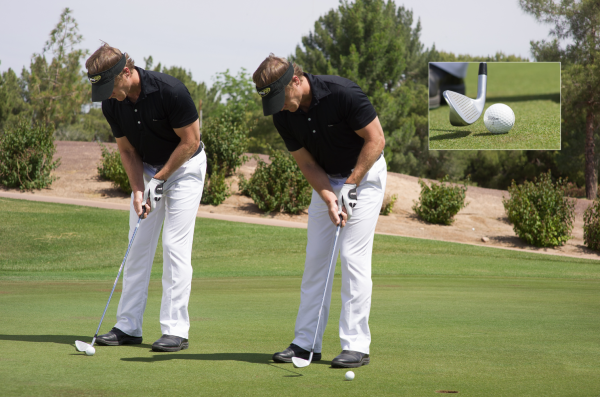
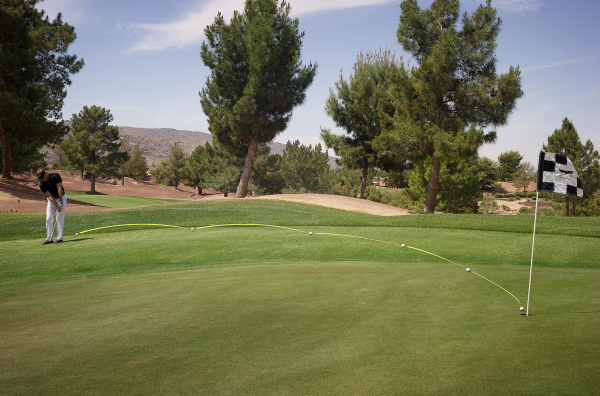
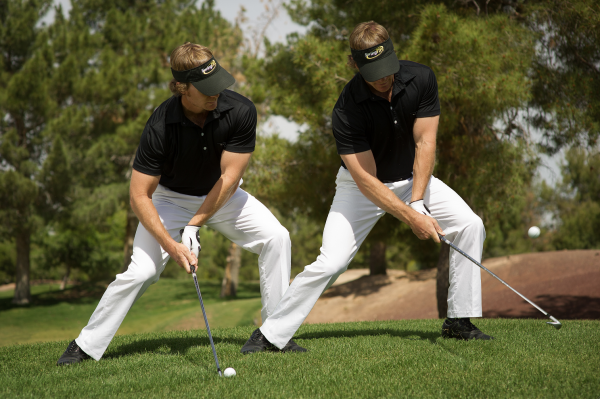
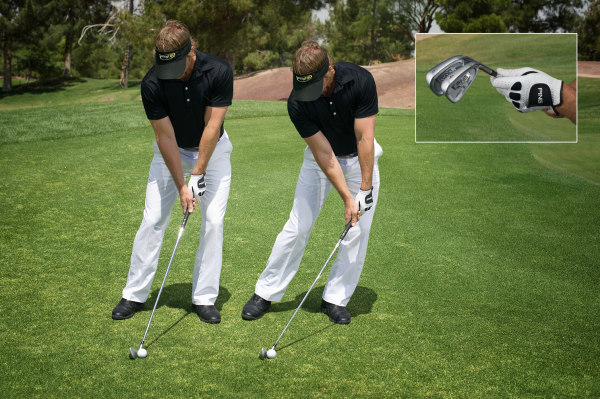
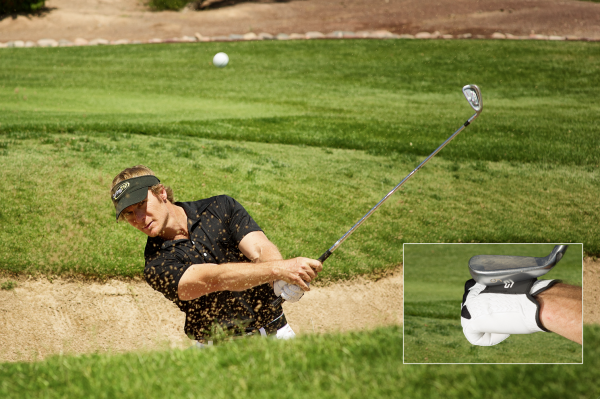



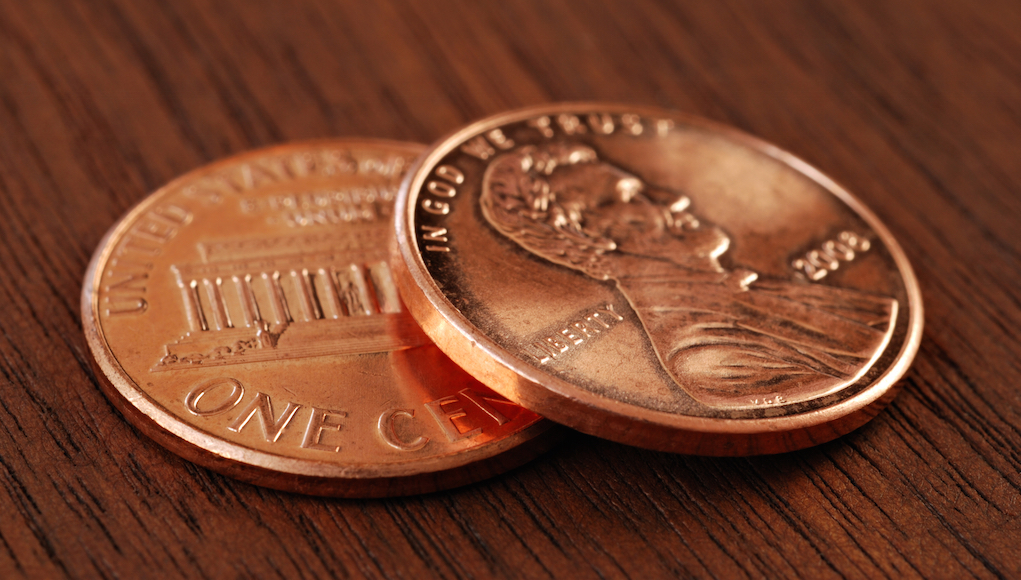
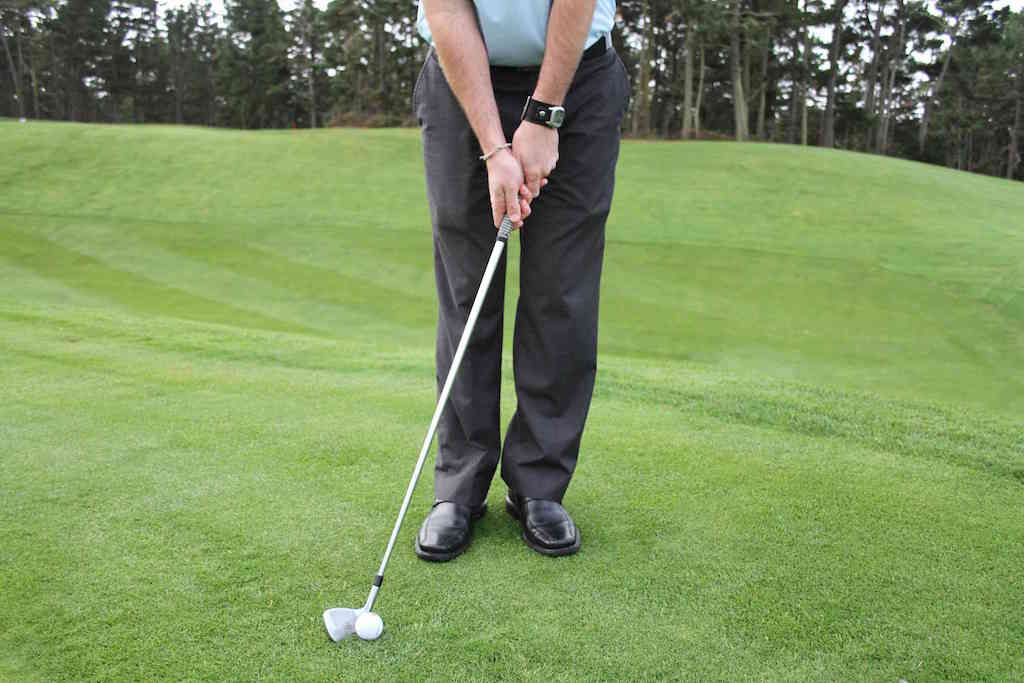
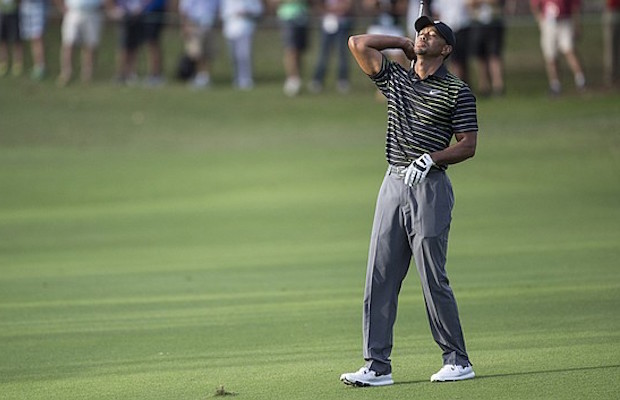
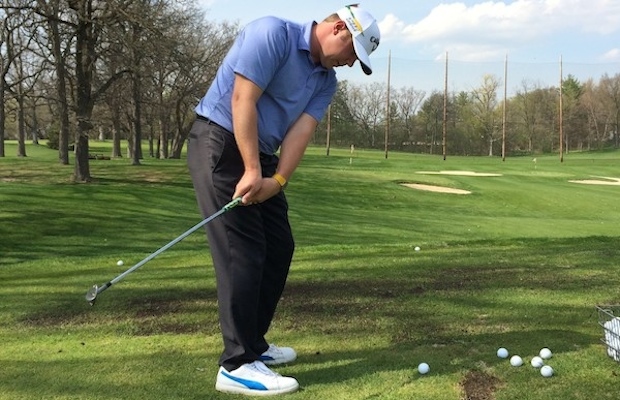
















Mike
Jun 26, 2013 at 5:57 am
Great Article Jeff, I love shot making and carrying 1i then 5i (Being addressed the distance gap as we speak) I often have to cut a 1i to 3i distance or hit the 5i to 3i distance but whats a good way to hold of the draw spin axis on a low long 5i?
Also a second note on chipping, I’m an unfortunate golfer who finds it easier to hit a flop or creative chip than a standard 30% airbourne 70% run, 6inch drop in the hole chip. With the basic chip, weight forward, ball inside left, use the bounce how does body roation come into play? I find if i dont near impact turn the chest towards the target the action becomes rigid with the occasional thin, but in working on the chest moving i often lose grip with distance control.
Great article though, seriously, 8i out of 60 yard bunkers work well and 5i flop shots always bring a smile.
Cheers